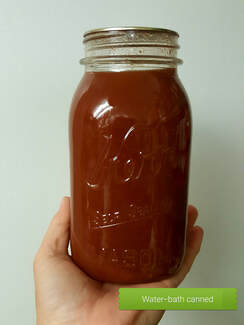
A few years ago I read a report saying that in the United States, 40% of the food grown is wasted, rather than eaten. Some of that happens in the field, some in warehouses or stores, some in restaurants or homes. That’s awful. And it’s not just a problem in wealthy nations. Not even close. It turns out that in developing countries, 40% of the food grown is wasted rather than eaten. More of it spoils in the field, since it’s harder to get to market, or to preserve it for extended periods.
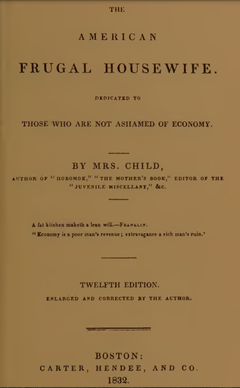
Waste less in your own home and garden, and don’t eat up everything right away. It’s the food version of “spending less than you earn.” See what you can preserve for later. Even storing away a tablespoon of rice per day will add up.
A cookbook from almost two hundred years ago explains, “The true economy of housekeeping is simply the art of gathering up all the fragments, so that nothing be lost. I mean fragments of time, as well as materials, … whatever be the size of the family, every member should be employed either in earning or saving money... and should be taught to consider every day lost in which some little thing has not been done to assist others.” (America Frugal Housewife, 1838)
One important aspect of preserving is to share, especially anything you don’t have time, space, or energy for. Whatever is around should be used to benefit someone.
Some climates are warm and dry, which is perfect for drying foods. When I lived in El Paso,Texas as a little girl, we dried apricot halves up on our hot black asphalt roof, with the fruit spread out on clean window screens and covered lightly to keep off bugs. When we moved to a much colder climate, we dug a hole in the garden and buried a big, clean garbage can in which we stored our carrots through the winter. Eventually we bought an electric dehydrator—which is still one of my favorite tools. In my previous house, we had very limited space to store foods, so I started drying some of the foods that I used to bottle. Take tomatoes, for instance. Six quarts’ worth of tomatoes could now fit into a single quart jar, once the tomatoes were dehydrated and powdered. Tomato powder can be used in almost any recipe that calls for canned or cooked tomato products-- everything from tomato juice to pizza sauce to tomato paste. Now I make powders out of lots of vegetables- bell pepper, celery, tomato, mushrooms, pumpkin, zucchini. They thicken and flavor soups and sauces, or hide in smoothies or baked goods like bread or brownies. Powdered zucchini or pumpkin can be used in any recipe that calls for puree.
There’s so much that can be done to preserve and use food instead of wasting it! Links to instructions and resources for dehydrating, as well as the other preservation methods, are below, as well as on my "Favorite Resources" page.
-Reducing Food Waste, and What To Do With Sour Milk
-Cutting Food Waste
►How to eat well and still spend less
►Canning 101 - Free video trainings from the USU Extension Office, for lots of kinds of canning, from marmalade to meat.
►Canning Meat, from Backwoods Home Magazine
►"How To Can Anything" You'll have to see this one to appreciate the treasure trove it is. It has step-by-step canning photos, how-to's, why-to's, why-not-to's, plus lots and lots of recipes. Also has links for purchasing what you'll need.
►Which foods can be safely bottled at home
There's also a great FB canning group, called "We Might Be Crazy But We're Not Stupid"-- they are careful to stay within USDA safety guidelines.
►Tattler reusable canning lids
►http://www.dehydrate2store.com/ - how, what, and why to dehydrate. Lots of videos, including one on building good-looking, shallow shelves for your storage jars.
►How to dry-pack foods This link has several links within it.
►Making and Using Vegetable powders
►Storing Vegetables At Home --How to store them through the winter, even without a root cellar.
►Storing Fruits and Vegetables at home: see page 5 at this link for a chart of what foods prefer similar conditions.
►http://www.motherearthnews.com/modern-homesteading/root-cellaring-zm0z85zsie.aspx Written by Mike and Nancy Bubel (who wrote the book on Amazon, considered the 'bible' of root cellaring!)
►http://www.nepanewsletter.com/cellar.html gives an excellent, detailed overview of what you learn in the Bubel's book
►“Return of the Root Cellars”-- great overview.
►hows, whys, recipes, and supplies for making consistent quality pickled (lacto-fermented) foods. I haven’t tried these yet, but I have been adding more fermented foods to our diet. Also this: https://myfermentedfoods.com/how-make-lacto-fermented-pickles/
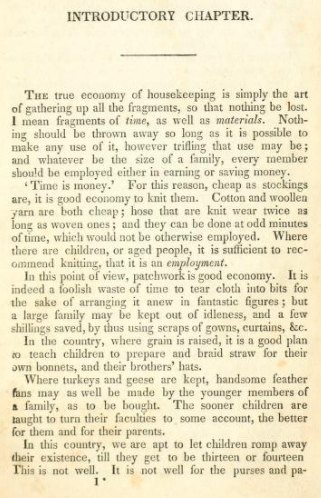
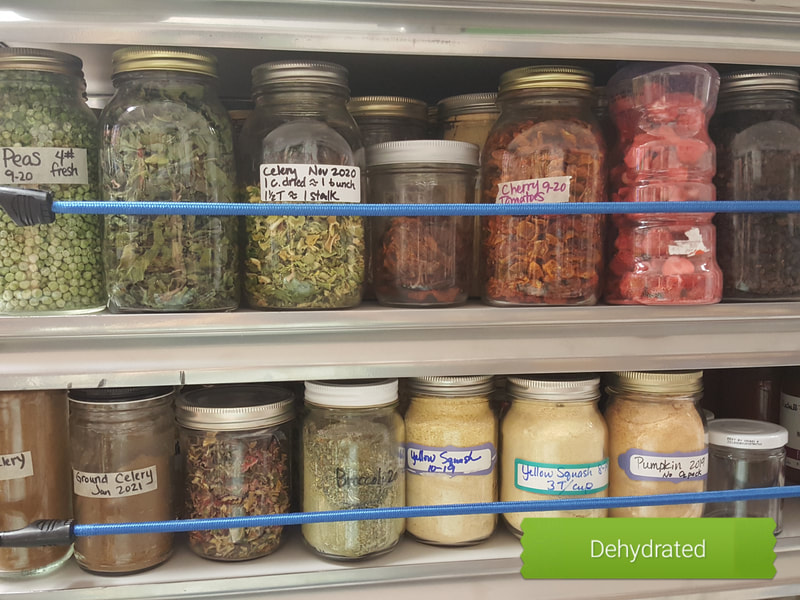
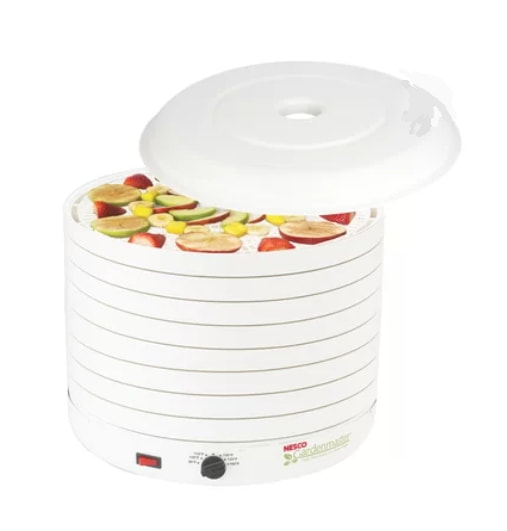
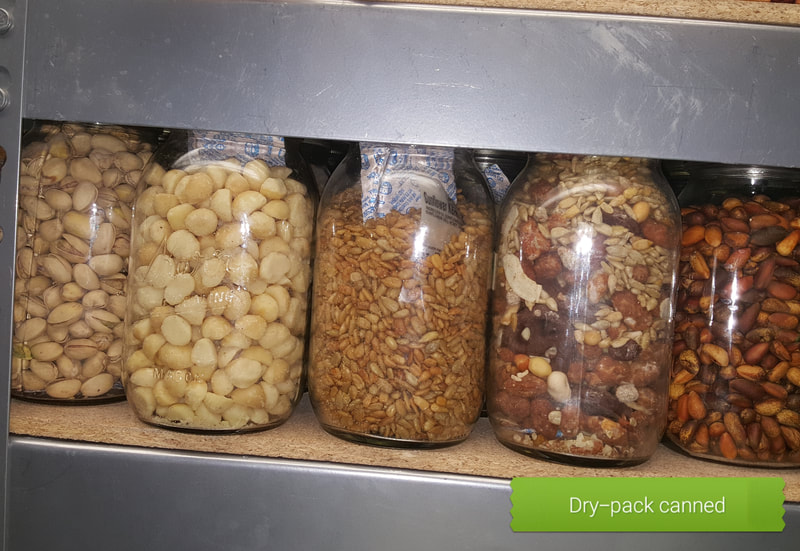
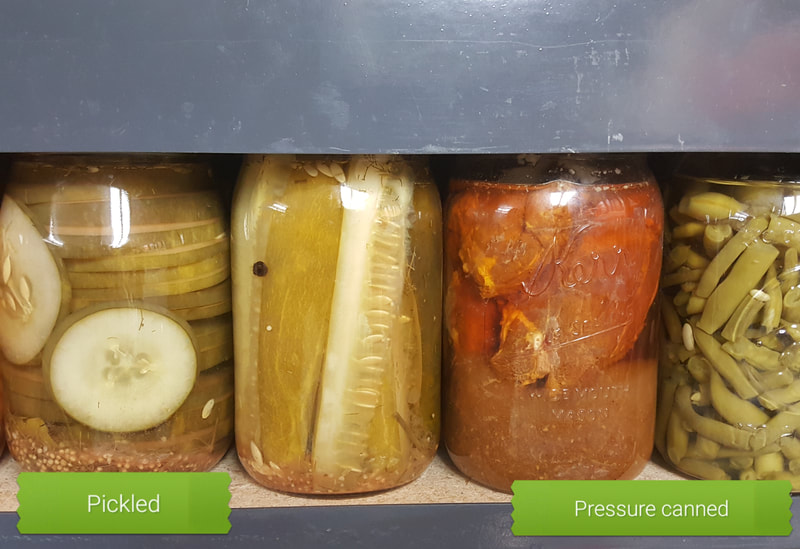
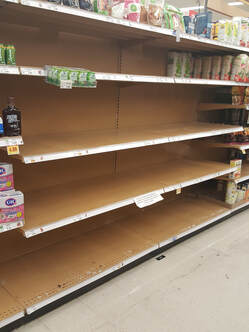
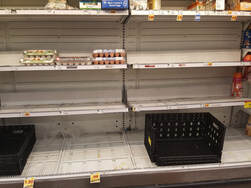


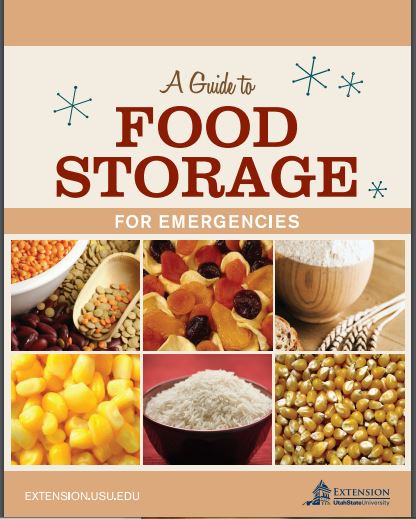
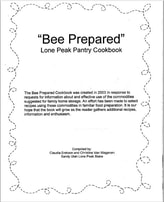
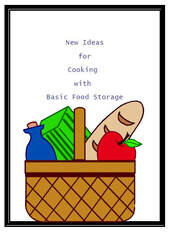
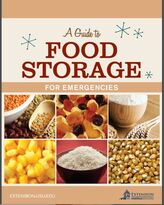
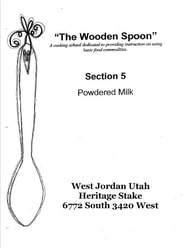
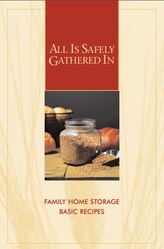
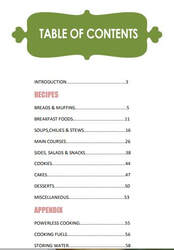
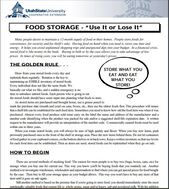
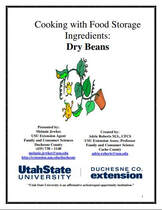
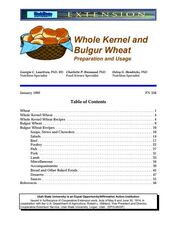
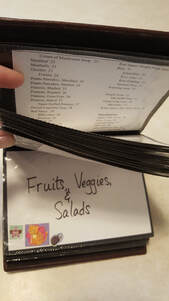
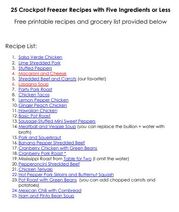
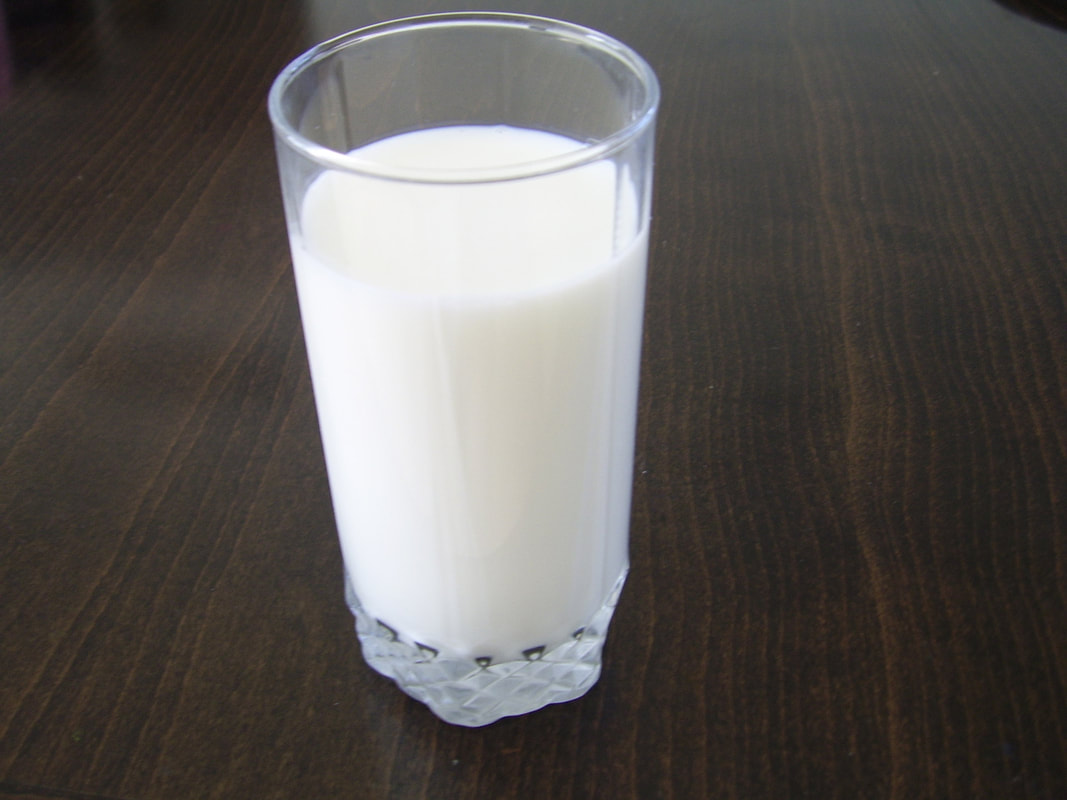
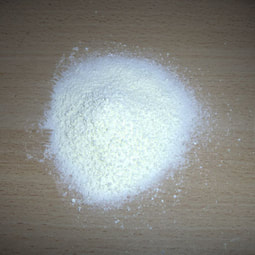
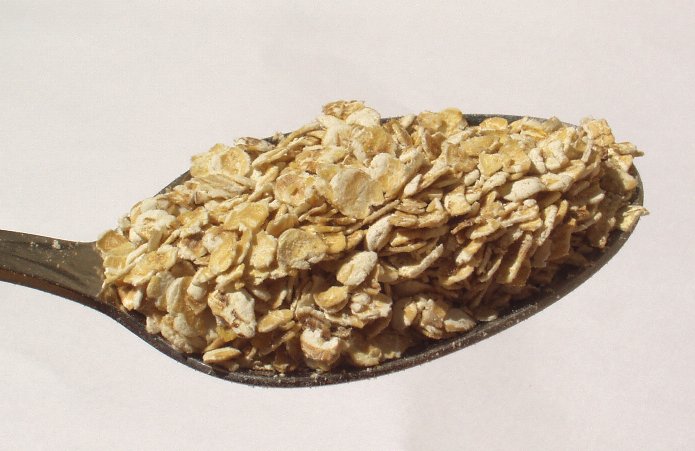
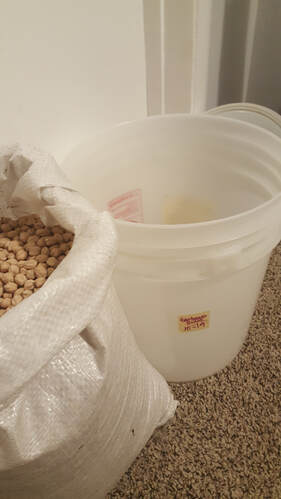
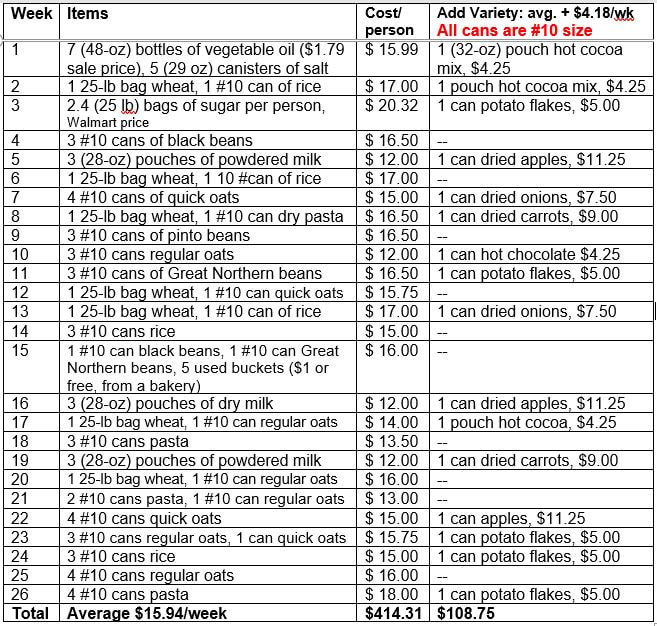
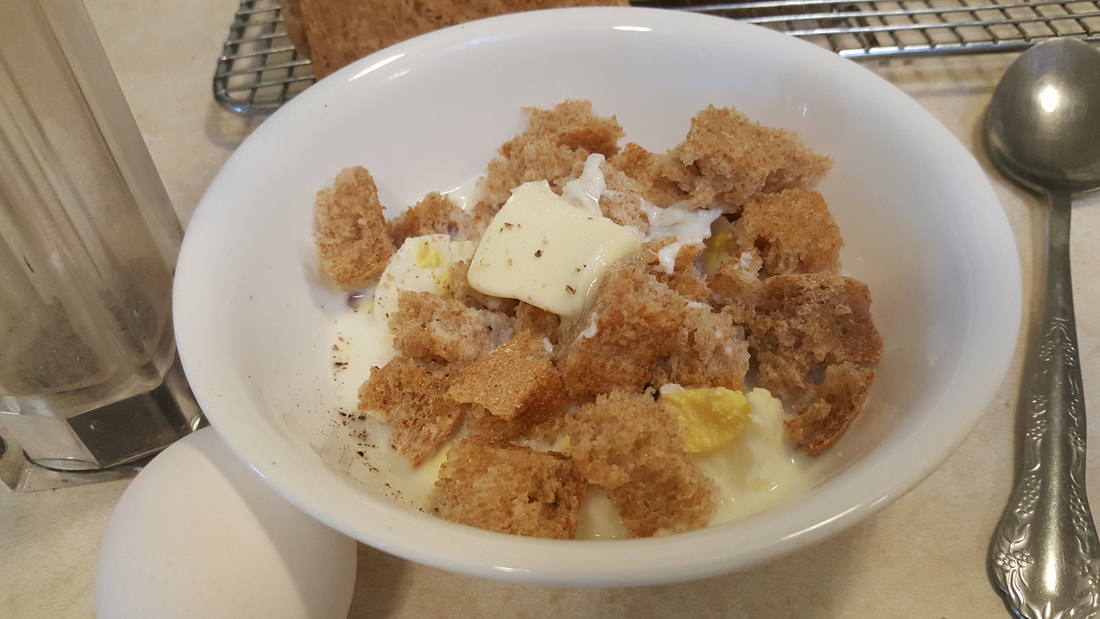
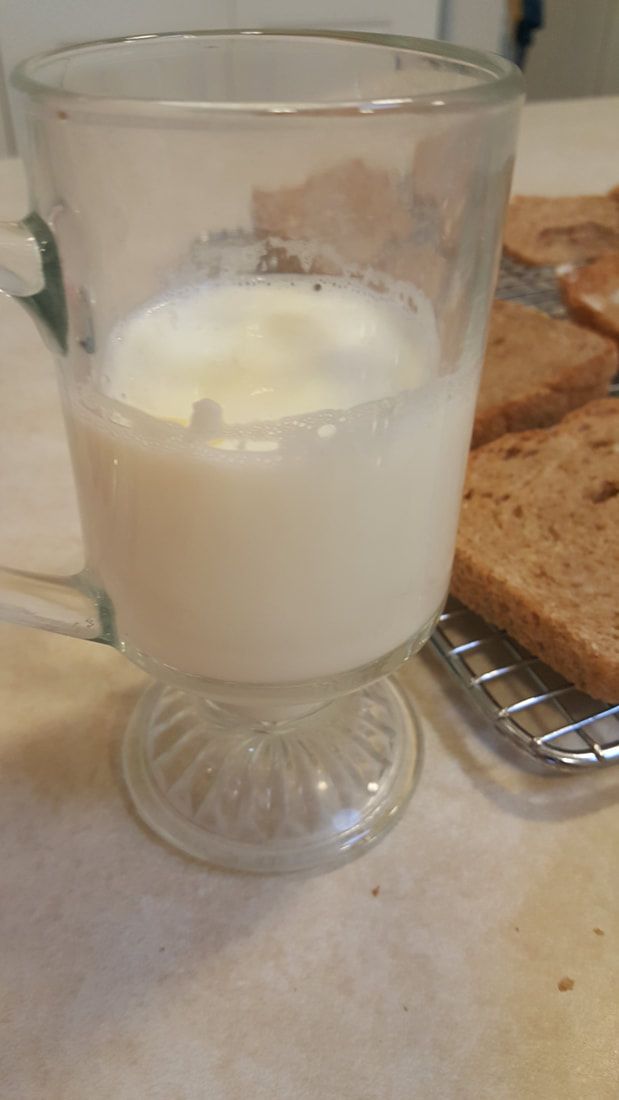
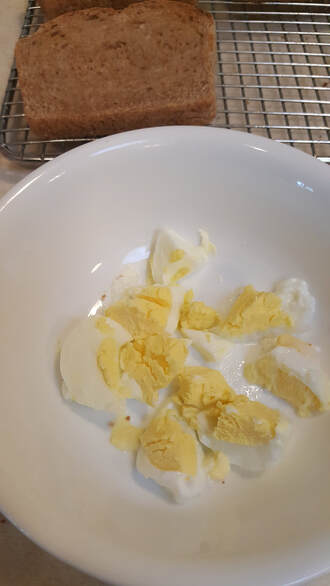
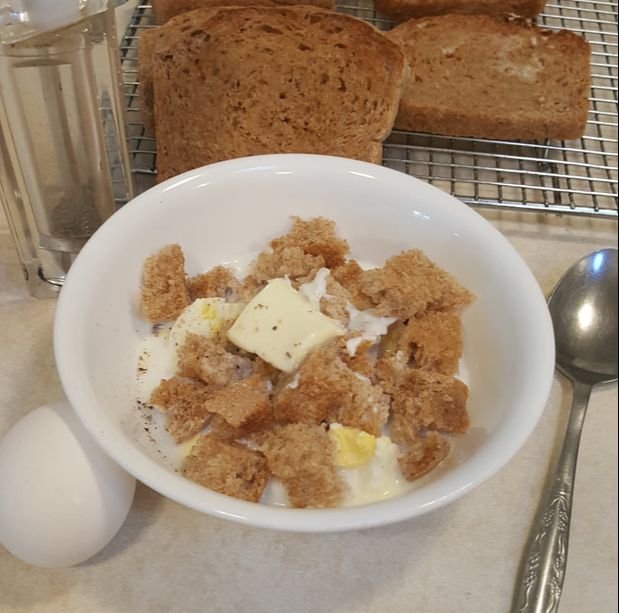

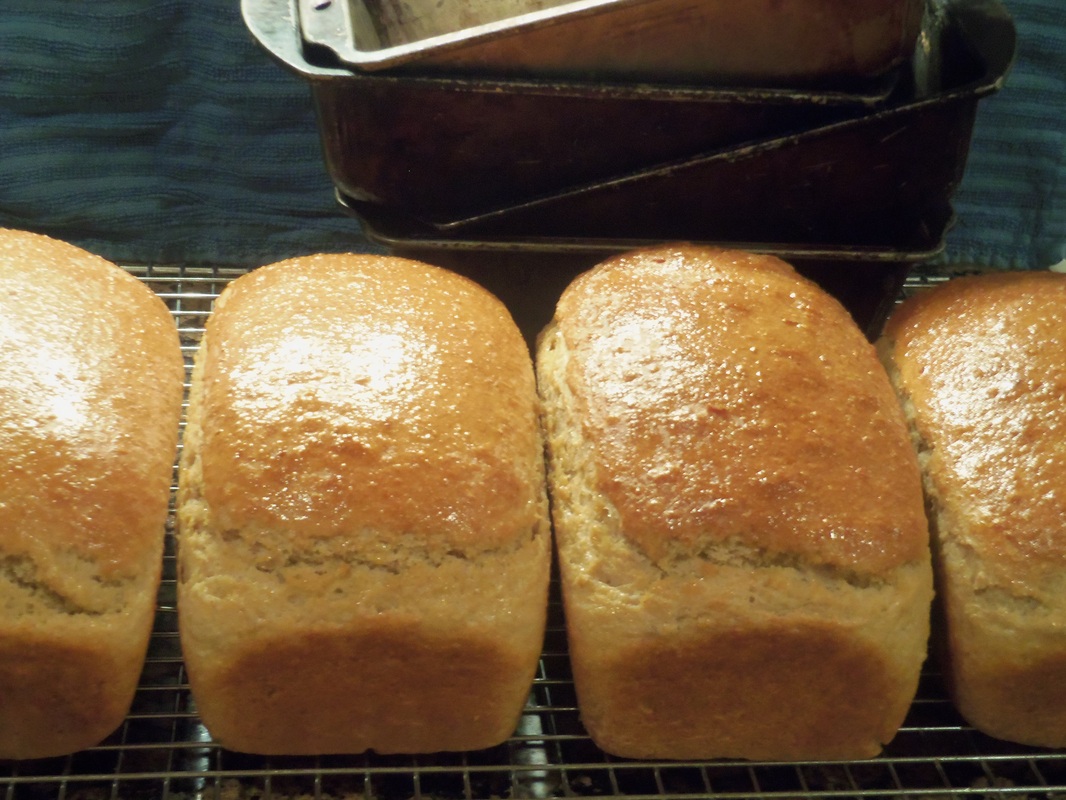
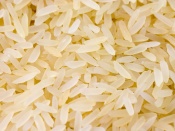
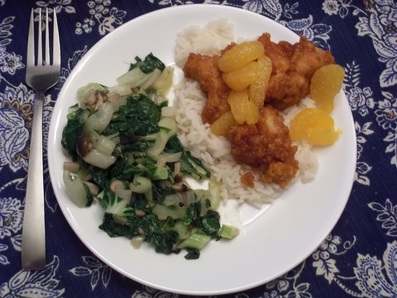
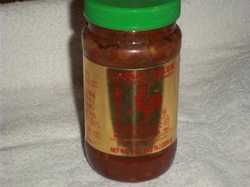
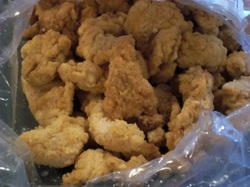
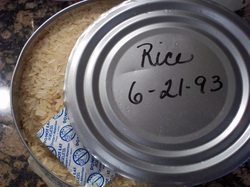
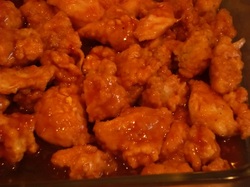
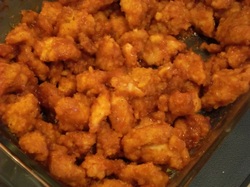
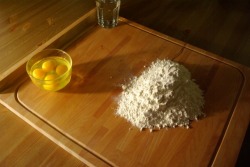
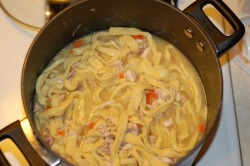

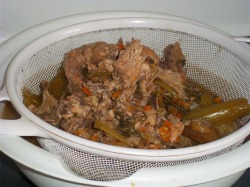
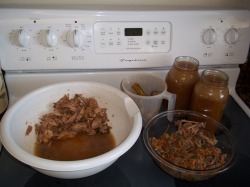
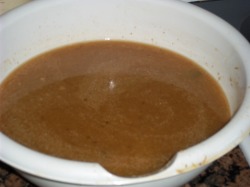
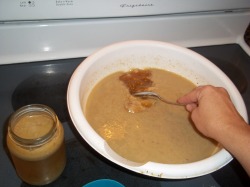
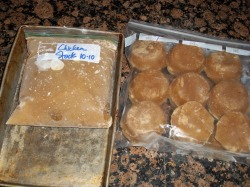
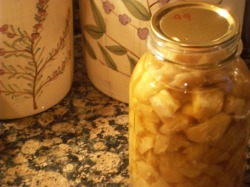
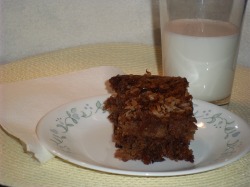
 RSS Feed
RSS Feed